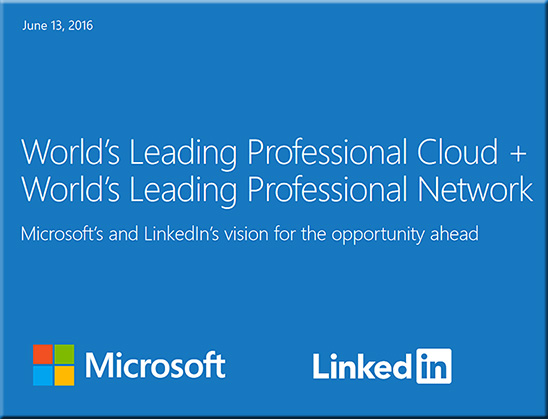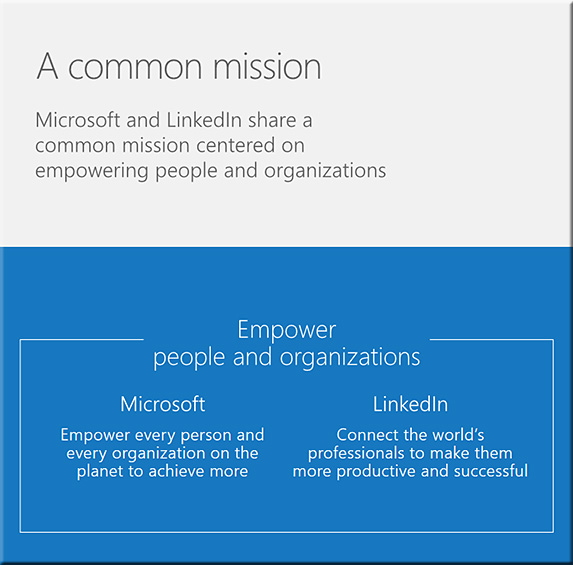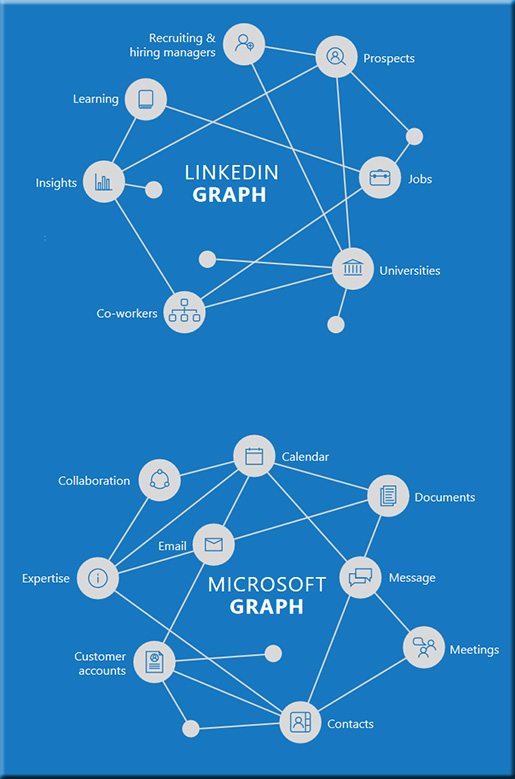CIO Explainer: What is blockchain? — from blogs.wsj.com by Steve Norton
Excerpt:
Known by many as the technology underpinning the bitcoin digital currency, blockchain has acquired a new identity in the enterprise. At a time when companies face new challenges in data management and security, it’s emerging as a way to let companies make and verify transactions on a network instantaneously without a central authority. Today, more than 40 top financial institutions and a growing number of firms across industries are experimenting with distributed ledger technology as a secure and transparent way to digitally track the ownership of assets, a move that could speed up transactions and cut costs while lowering the risk of fraud. Some companies see an opportunity to use blockchain to track the movement of assets throughout their supply chains or electronically initiate and enforce contracts.
Blockchain remains in the experimental phase inside many large firms and there are few tested use cases, experts and analysts caution. Here’s a look at how this emerging technology works:
Why is the financial industry so interested in Blockchain? — from dcebrief.com
Executive Brief:
With huge money and effort being put into blockchain research by almost the entire financial industry, many have wondered what the reasoning behind it is. To investigate this, Goldman Sachs, the global banking business, has used its research division to put together a report on the effects of blockchain implementation will have on the industry itself. Showing massive cost savings, improved security and a wide range of suitability for other market sectors, the report identifies the many benefits of blockchain technology and emphasizes the robust nature of the foundation of digital currency itself.
Opinion: What Blockchain means for higher education — from edsurge.com by Kerri Lemoie
Excerpt:
Originally created as the underlying database for bitcoin (the peer-to-peer digital asset and payment system), blockchain’s technology is now being seen as valuable and purposeful beyond the financial sector. The advantages blockchain provides to store information on a secure, permanent, historical ledger that can be both public and private will change how edtech applications approach student data.
In higher ed this means that student data could be shared across many institutions—rather than a single one—and also include data from online learning tools, co-curricular activities, employment history and other learning experiences. This would allow the data to be exchanged, understood and validated amongst many parties. Imagine the pictures of students’ learning experiences that this could provide and how these pictures could help develop and improve upon course design, facilitate transferring credits, or prove qualifications for a job to a potential employer.
“The learner could have a record of their learning from MOOCs, professional development activities and universities.”
How blockchain will disrupt the higher education transcript — from campustechnology.com by David Raths
Blockchain technology could offer a more learner-centered alternative to traditional credentialing.
Excerpt:
Last year, the MIT Media Lab began issuing digital certificates to the participants in its Director’s Fellows program. The authentication behind the certificates relies on blockchain technology, best known for its connection to the cryptocurrency bitcoin.
In a blog post, Philipp Schmidt, director of learning innovation at the Media Lab, described how blockchain works: “In essence, it is a just a distributed ledger to record transactions. What makes it special is that it is durable, time-stamped, transparent and decentralized. Those characteristics are equally useful for managing financial transactions as for a system of reputation. In fact, you can think of reputation as a type of currency for social capital, rather than financial capital.”
The technology has tremendous potential for higher education, according to Phil Long, chief innovation officer and associate vice provost for learning sciences at the University of Texas at Austin. In a May 12 Future Trends Forum video chat hosted by consultant and futurist Bryan Alexander, Long pointed to credentialing as an obvious first place to apply blockchain in higher ed.
From DSC:
Could blockchain be the tech to create cloud-based learner profiles?
Addendum on 6/7/16:
- Blockchain Revolution| Is the future of business a company without workers, managers, or a CEO? — from qz.com
Excerpt:
These days, it’s hardly surprising to hear that a hot new startup has received gobs of money from eager investors. But a new company called the DAO (short for “decentralized autonomous organization”) is not your average startup. The DAO, designed to serve as a kind of venture capital fund for the cryptocurrency community, is the first of a new breed of business. It has no CEO and no staff; indeed, it has no human management at all. The company itself is simply software that runs on a blockchain, the technology that powers digital currencies like bitcoin. Through its first three weeks, the DAO raised over $130 million from tens of thousands of global investors, and it’s not done yet. But regardless of how the company fares, its mere existence portends profound changes for business, government, and the roles that people play in our economy. Analysts have questioned whether the DAO is legal or viable. Like any startup, it may fail. It may have attracted investors who don’t understand the risks. Some investors may be speculators in it for a quick buck, in turn, reducing the size of the fund. It may be attracting criminals or terrorists masquerading as entrepreneurs. To be sure, these are important concerns. But the DAO’s debut is a watershed moment in the history of financial services. It demonstrates that autonomous entities can raise huge sums of money without traditional intermediaries. How will venture capitalists and investment banks respond to these blockchain IPOs that crowd-source hundreds of millions of dollars from a global investor base?
Addendums on 6/8/16:
- Blockchain’s hype exceeds its grasp – for now — from cio.com by Clint Boulton
Broad adoption of blockchain technology is likely years away as companies struggle to understand how to apply the digital ledger technology to practical scenarios amid regulatory, governance and standards obstacles.
Excerpt:
Blockchain has been touted by venture capitalists, technophiles and pundits as the Next Big Thing in computer science. The reality, however, is that the digital ledger software at the heart of Bitcoin and other cryptocurrencies has a long way to go before it gains mainstream adoption.
That was a key takeaway from a blockchain panel at last month’s MIT Sloan CIO Symposium. Noting that blockchain enables parties to ferry financial transactions, contracts and other digital records over the Internet, MIT professor Christian Catalini asked the panel about potential enterprise applications for the technology.
- Credentials | MIT Media Lab, Learning Machine Partner on Blockchain-Based Credentials — from campustechnology.com by Joshua BolkanExcerpt:
The MIT Media Lab’s Learning Initiative has partnered with Learning Machine to release the initial version of an open-source project designed to build an ecosystem for creating, sharing and verifying education credentials based on blockchain technology.Using the Bitcoin blockchain, the certificates can be shared with anyone who requires documentation as simply as sending a link and future versions will add features to improve real-world usability, such as versioning, revocation, cohort issuance, document encryption and cost reducation. “The goal of our collaboration with the MIT Media Lab is to empower individuals with shareable credentials that can be used peer-to-peer and verified as authentic,” said Chris Jagers, co-founder and CEO of Learning Machine, in a prepared statement.










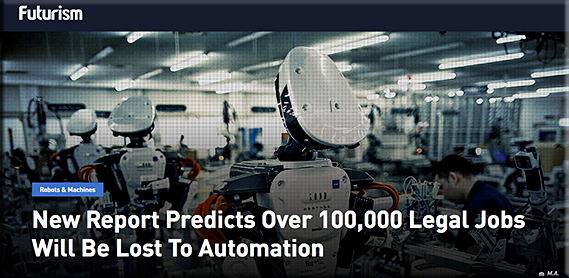
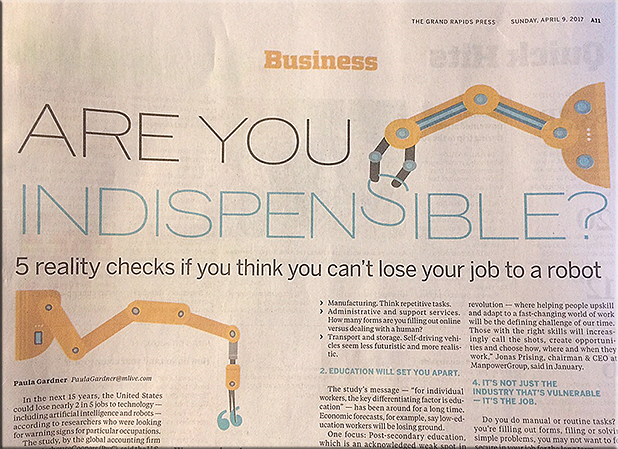
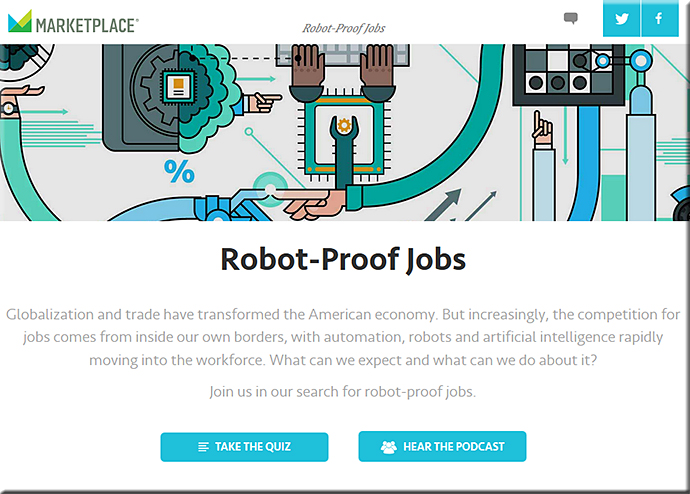

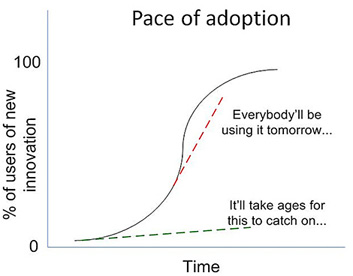


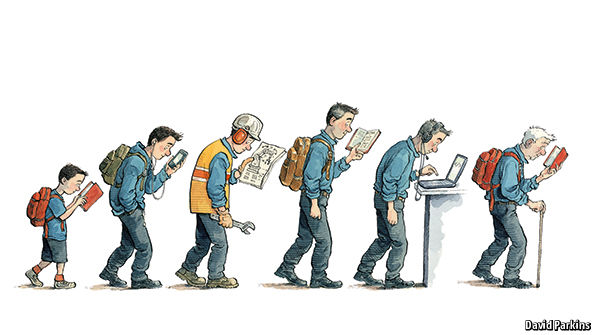
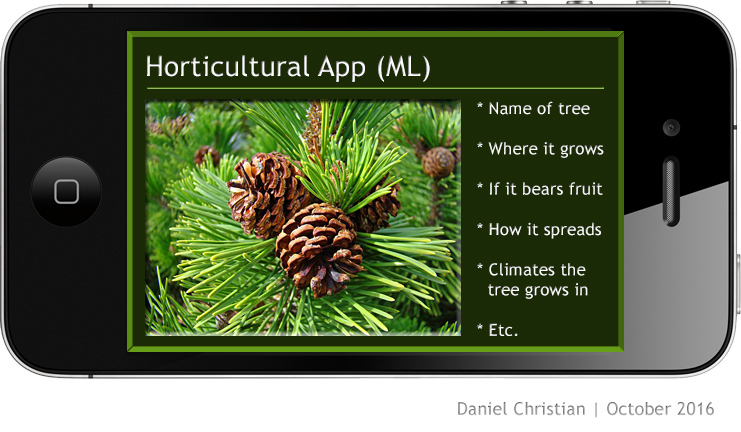
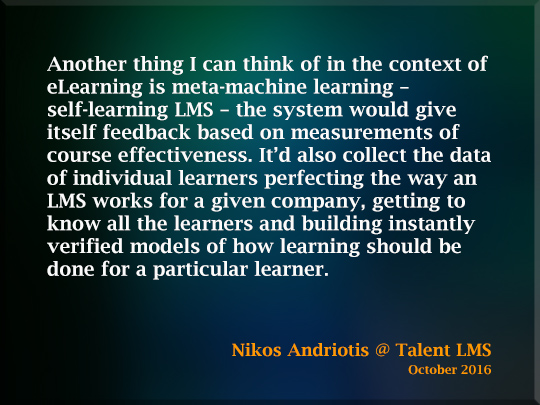
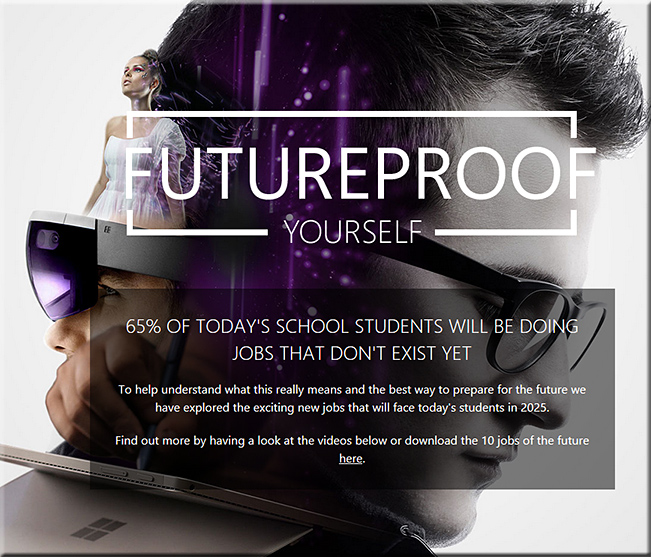
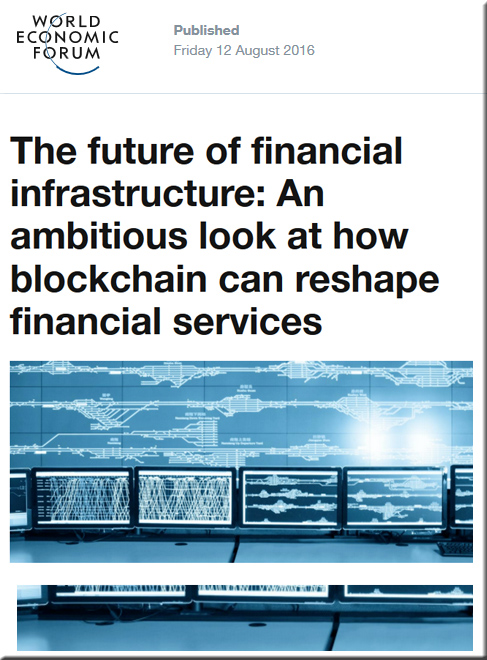
![The Living [Class] Room -- by Daniel Christian -- July 2012 -- a second device used in conjunction with a Smart/Connected TV](http://danielschristian.com/learning-ecosystems/wp-content/uploads/2012/07/The-Living-Class-Room-Daniel-S-Christian-July-2012.jpg)
